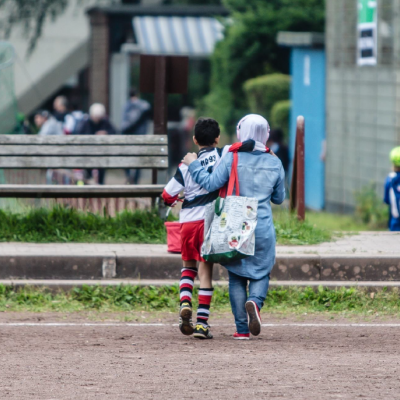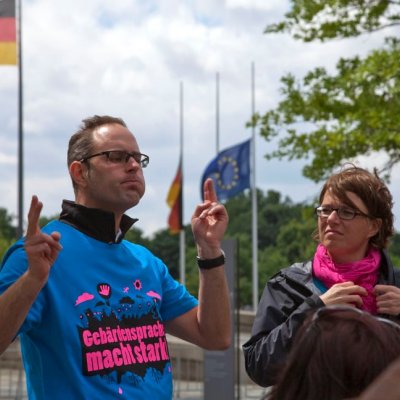Nationwide Inventory of Intangible Cultural Heritage
Ring Riding
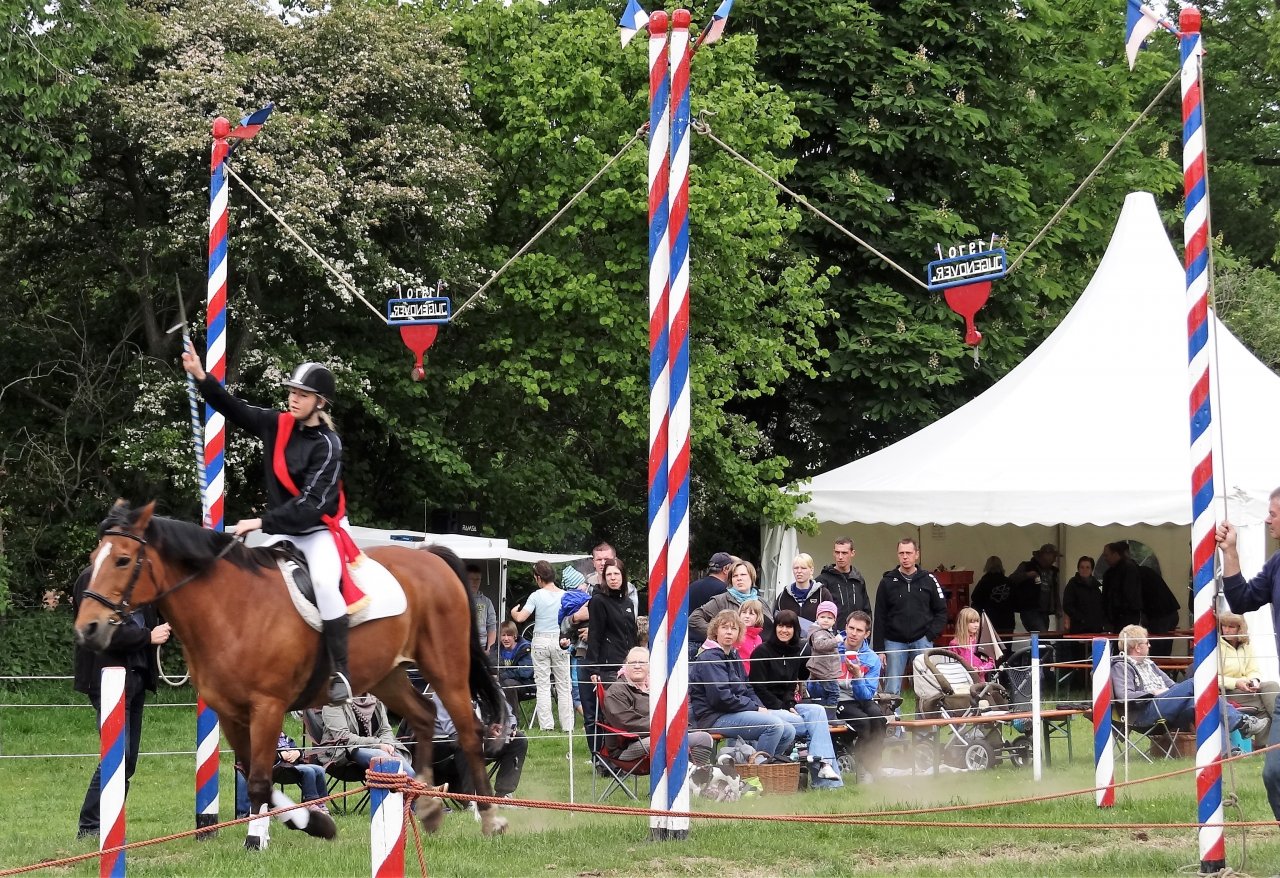
Ring riding is a sport in which riders have to spear rings that get smaller each round.
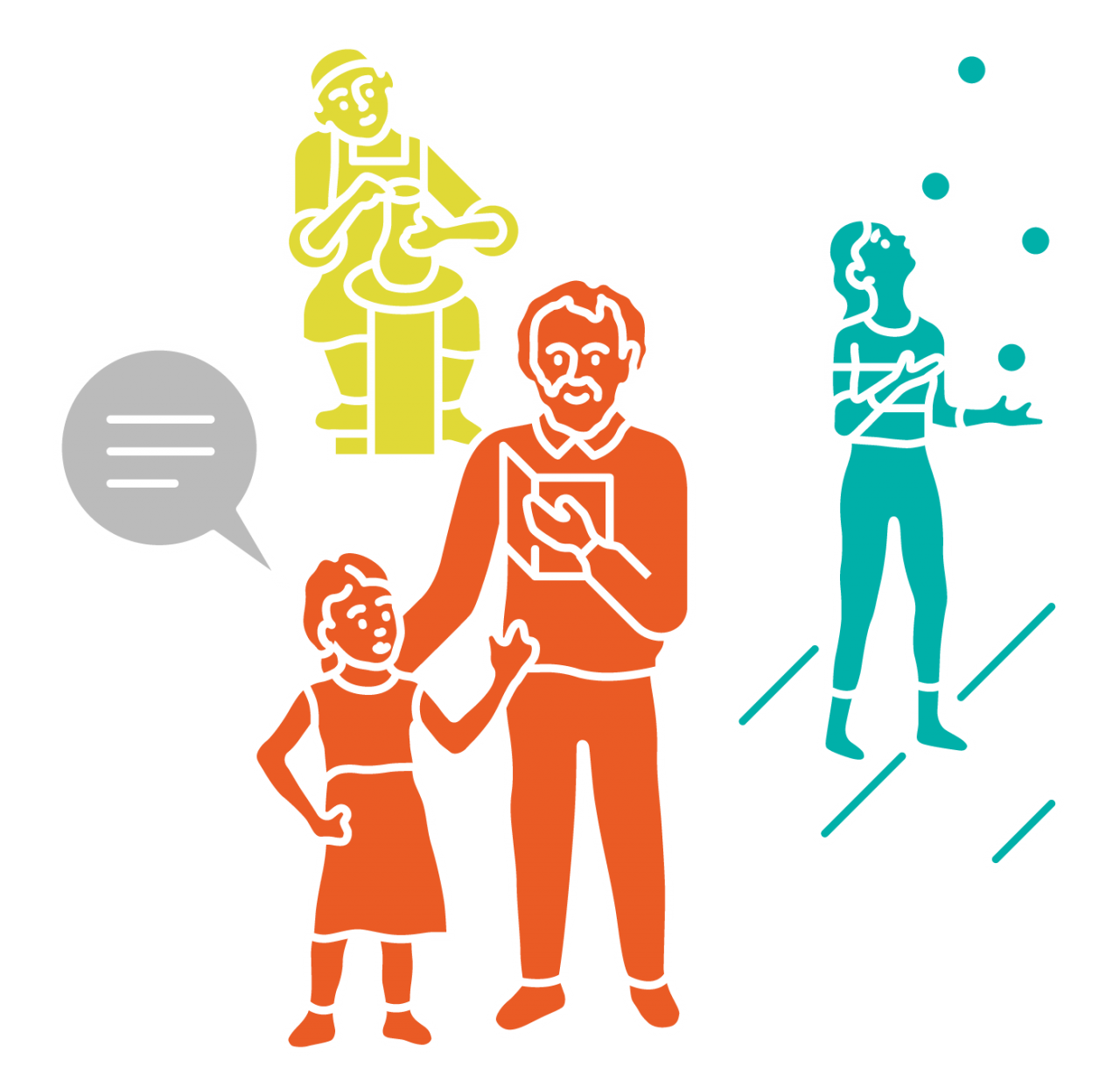
Facts & Figures
- Crucial date: Throughout the year
- Inscription: 2021
- Domain: Social practices, rituals and festive event
- Where to find: Schleswig-Holstein and beyond
The rings are attached to a ring tree with a magnet, which is also called the gallows. The riders have to impale the target with lances at a gallop. Whoever pierces the most rings wins the competition. The events are accompanied by festivals and pageants with their own rituals and customs.
Ring riding originated in the rural horse industry and has become a popular leisure activity over the past decades. The events typically take place between May and August. Ring riding can be done as an individual or team sport. In Schleswig-Holstein, there are around 300 active clubs with 9,000 members organizing tournaments with pageants.
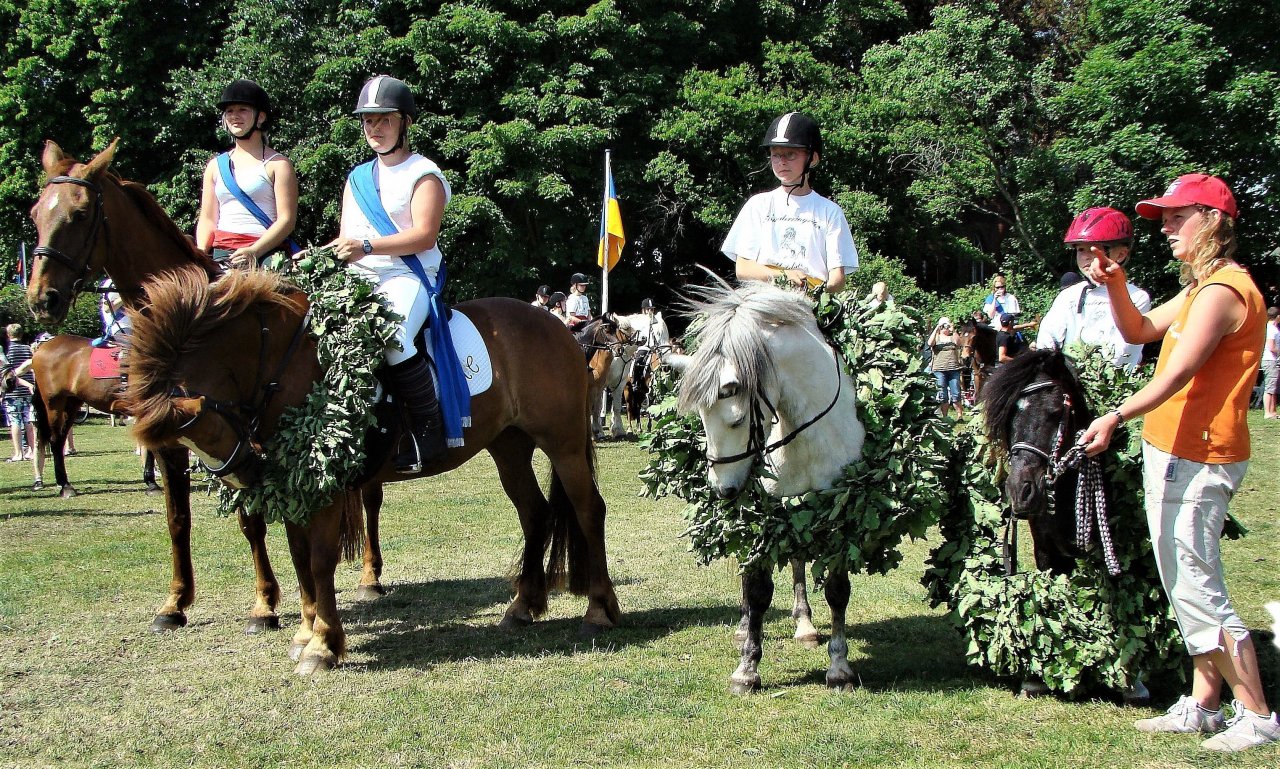
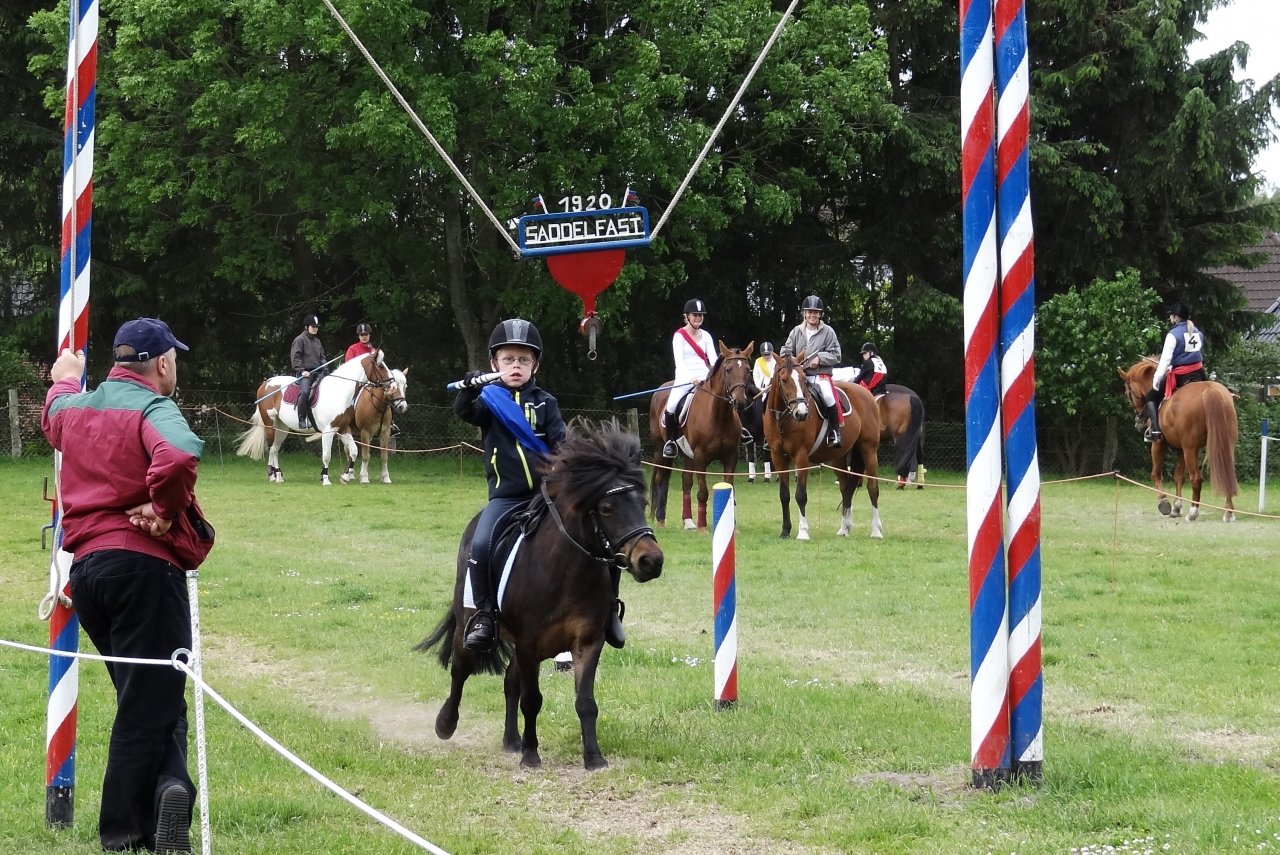
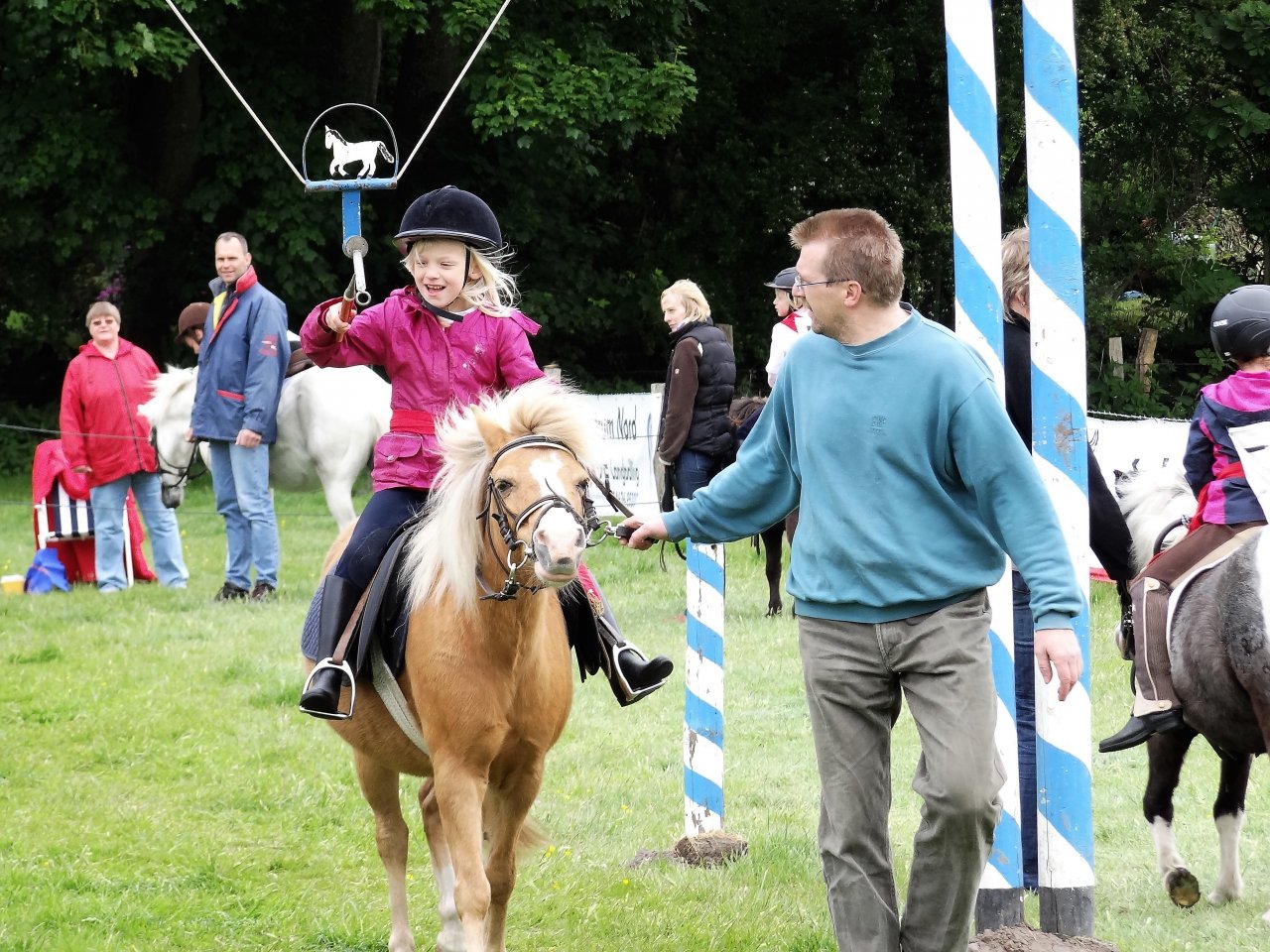
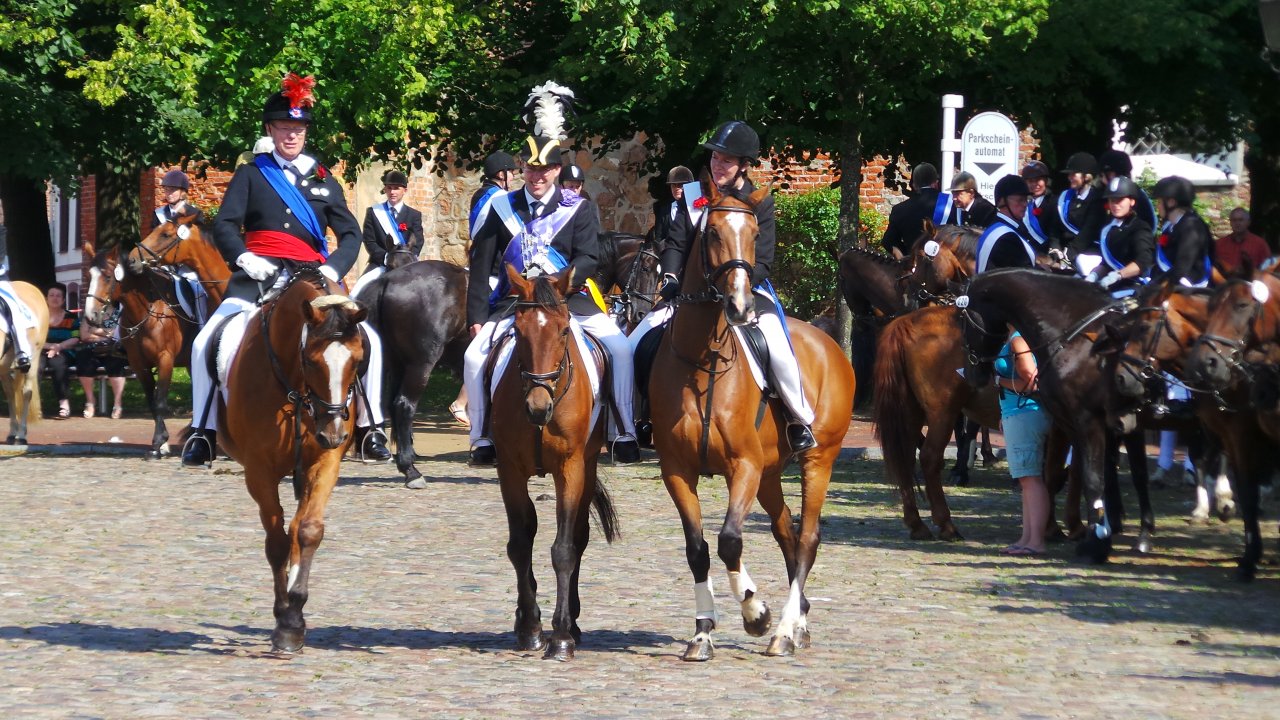
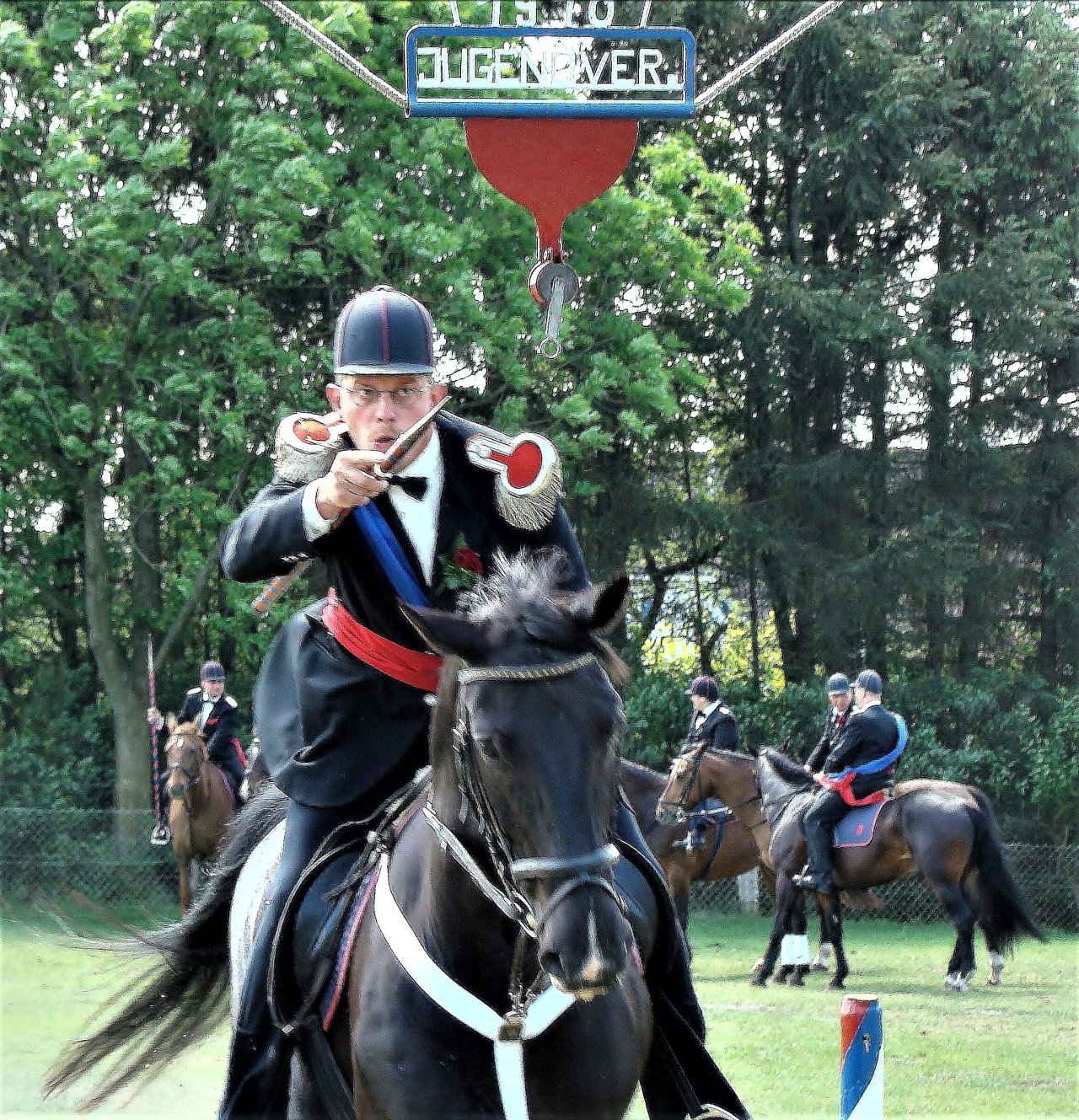
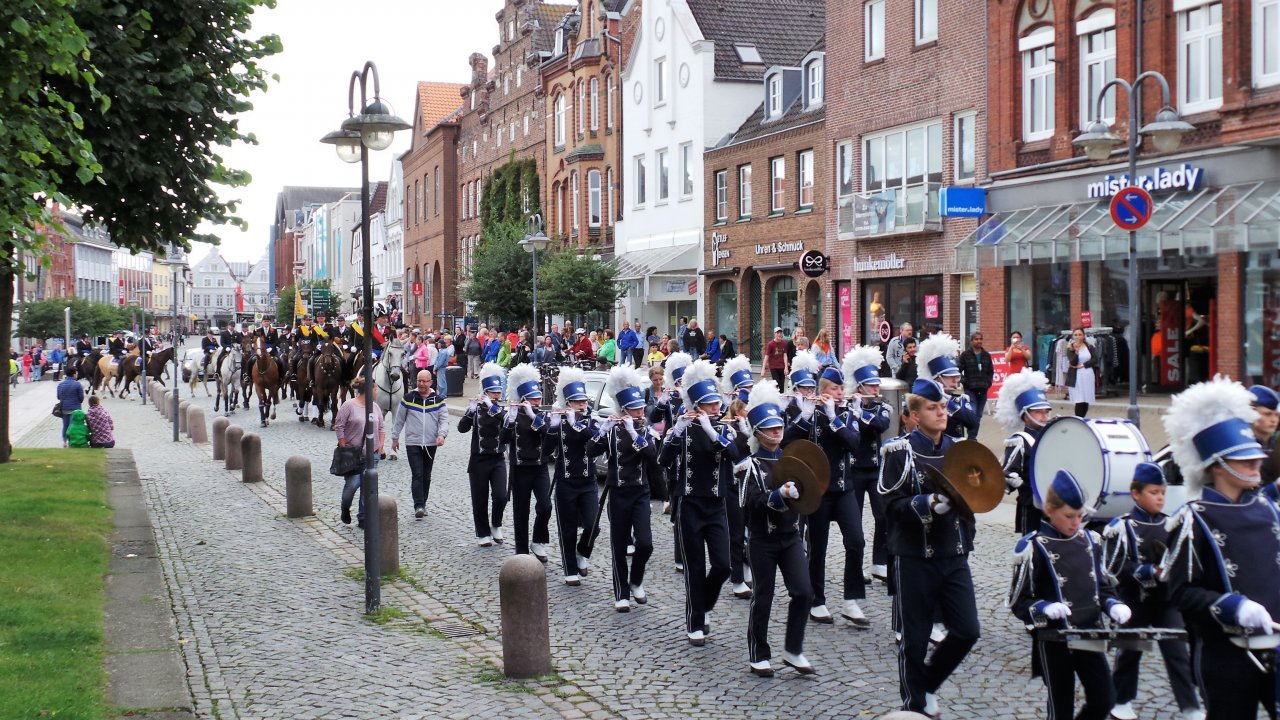
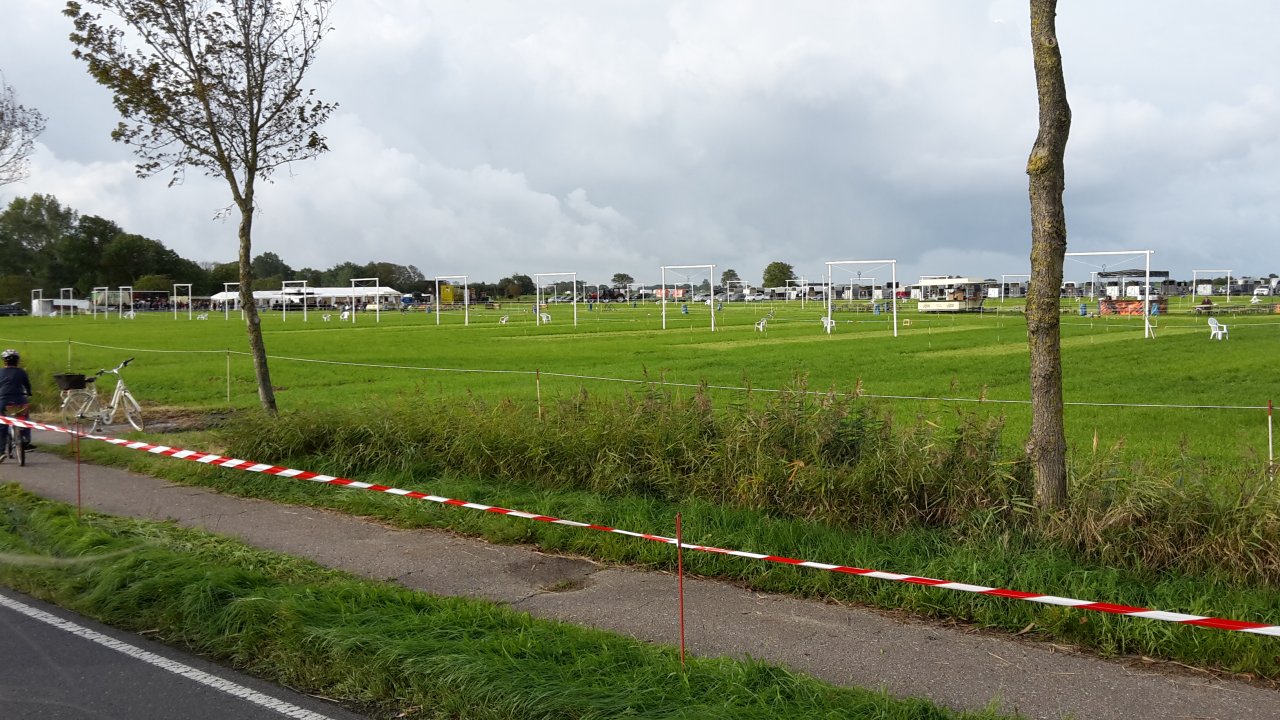
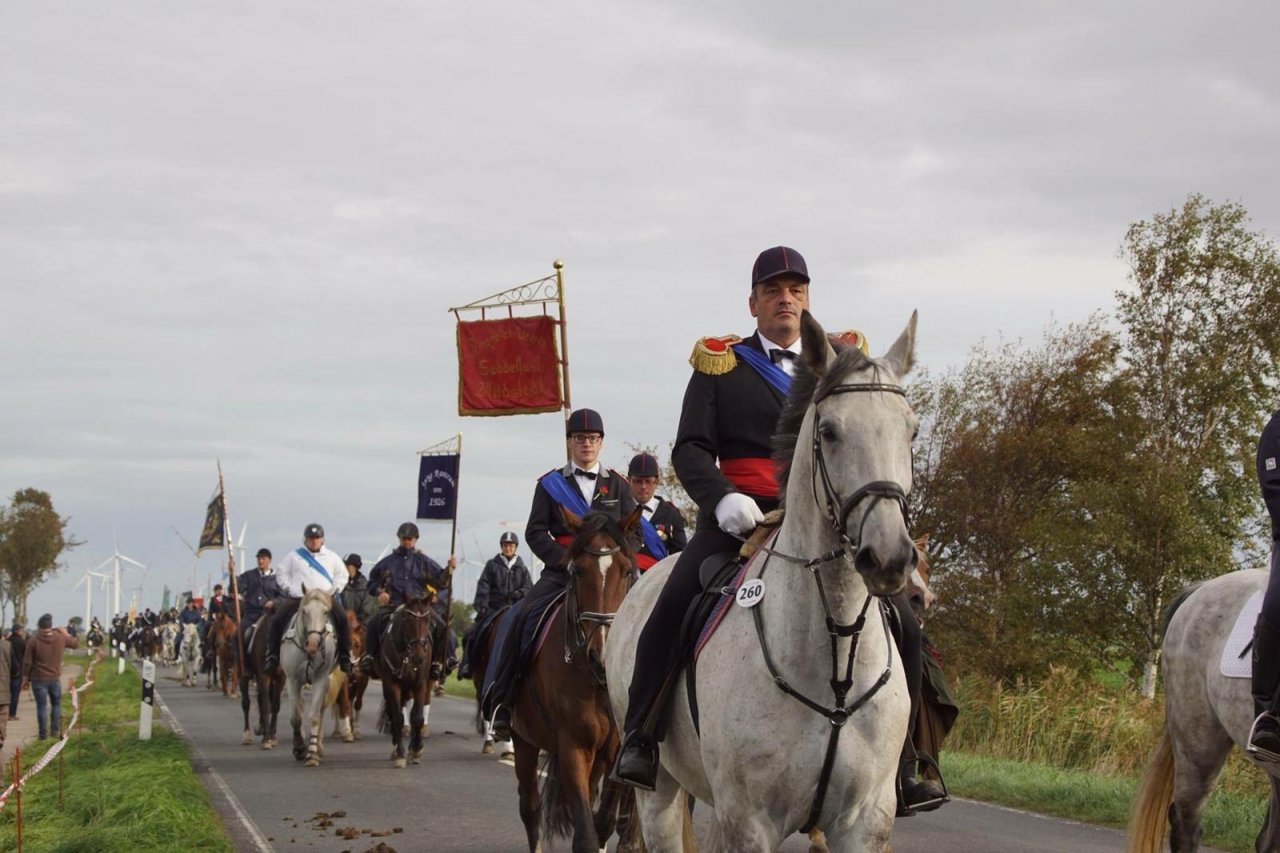
Popularity that extends beyond Schleswig-Holstein
Ring riding is widespread in Schleswig-Holstein and reaches all generations. The local population is heavily involved in the preparation and implementation. There are also contacts to ring riding in other regions and abroad. There are larger groups in southern Denmark and also in parts of the Netherlands and in other German federal states.



